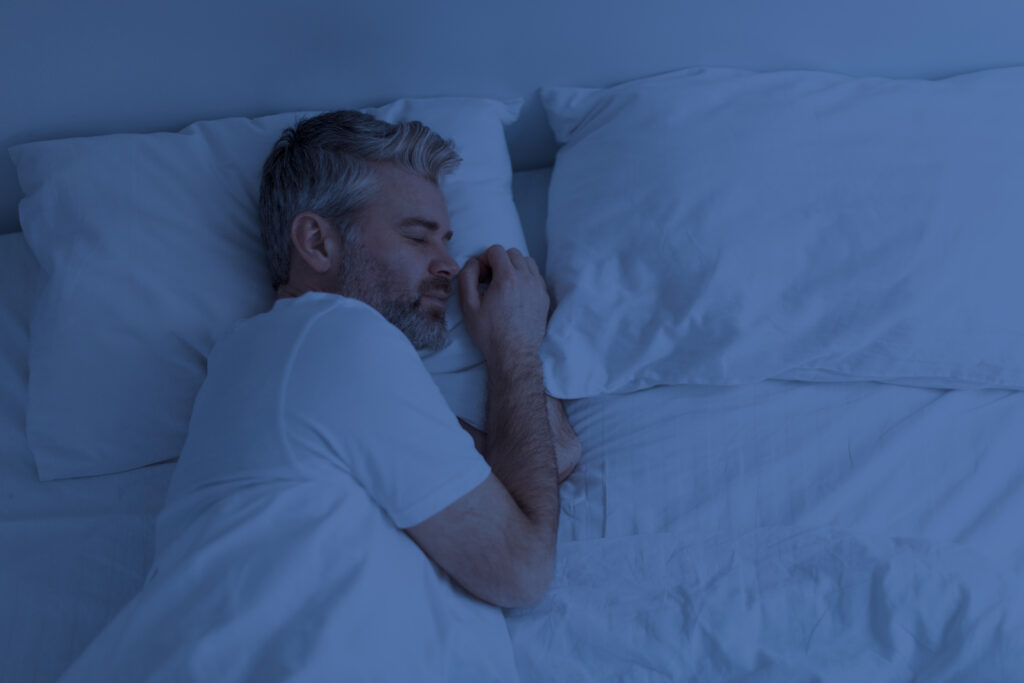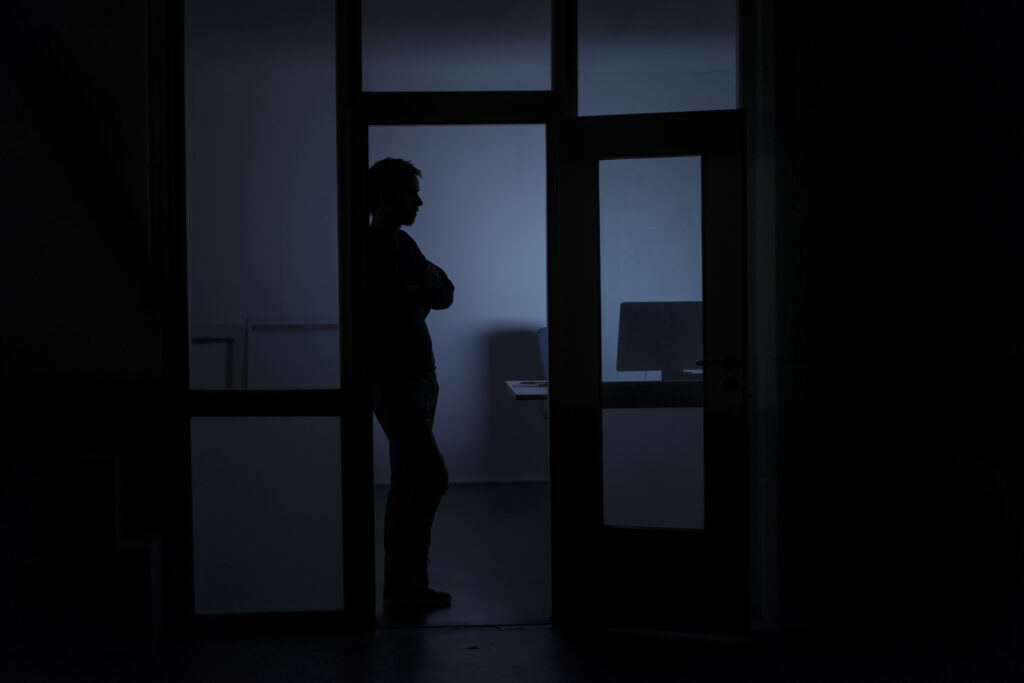Understanding SDb
Sleep-disoriented breathing refers to irregular or impaired breathing patterns during sleep that may go unnoticed but can significantly affect rest quality and overall health. Learn how to identify, understand, and manage this often-overlooked condition.
Unlike sleep apnea, sleep-disoriented breathing may not always involve loud snoring or noticeable pauses. Instead, it can show up as subtle disturbances in sleep patterns—like restlessness, gasping, or frequent awakenings without clear cause. It’s a hidden issue with real consequences for daily energy, mood, and focus.


Sleep-disoriented breathing isn’t always easy to detect. It’s less obvious than snoring and more complicated than simple insomnia. It can overlap with conditions like parasomnias (e.g., sleepwalking), night terrors, or REM behavior disorder, making it important to understand the nuances. Recognizing this pattern is key to taking action.
Possible Causes
Several lifestyle, environmental, and health factors may influence irregular breathing during sleep. Identifying these triggers can help reduce their impact and improve sleep quality over time.
Inflammation can block airways and affect breathing at night.
Heightened stress can lead to irregular breathing patterns during sleep.
Muscle relaxation from alcohol may interfere with natural breathing rhythms.
Certain sedatives or muscle relaxants can impair normal respiratory function.
DID YOU KNOW
Sleepwalking affects both children and adults, often running in families. Linked to mental health and long-term persistence, it’s more common than many realize and deserves better awareness and support.
Sleepwalkers often navigate familiar spaces without being aware.
Most episodes begin during the deepest stage of sleep.
Sleepwalking can last a few seconds—or up to 30 minutes.
It’s okay to wake a sleepwalker—they may just be a bit disoriented.
Children vs Adults
Family Connection
Experienced Doctor
Chronic Cases
EXPERTS’ POINT OF VIEW
Experts from various fields share their insights on sleepwalking, its causes, risks, and effective treatments, helping to raise awareness and improve understanding of this complex condition.
Clinical Psychologist & Sleep Researcher
Consultant Neurologist & Sleep Specialist
Sleep Medicine Specialist, Mass Eye and Ear
Clinical Psychologist & Sleep Specialist
FAQS
Explore common concerns and questions about sleep-disoriented breathing and how it differs from other nighttime conditions.
It's a form of irregular breathing during sleep that doesn't always meet the criteria for sleep apnea but still disrupts rest.
While not always severe, it can lead to chronic fatigue, cognitive issues, and higher stress levels if left unaddressed.
Signs include unexplained fatigue, fragmented sleep, or reports of irregular breathing from a partner.
No. Sleep apnea has defined diagnostic criteria; sleep-disoriented breathing may involve milder or less consistent symptoms.
Possibly. Disrupted breathing may contribute to parasomnias like sleepwalking in some individuals.
If symptoms persist or worsen, consulting a sleep specialist is a good idea—even for non-apnea-related breathing issues.
Yes—adjusting sleep posture, avoiding alcohol, and managing allergies can significantly reduce symptoms.
Stay Informed & Empowered